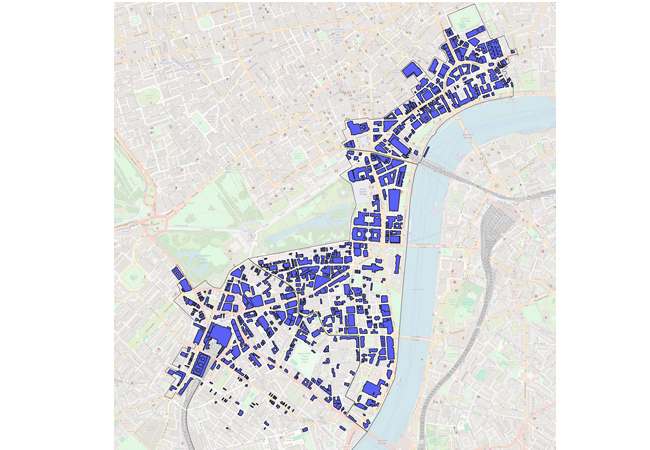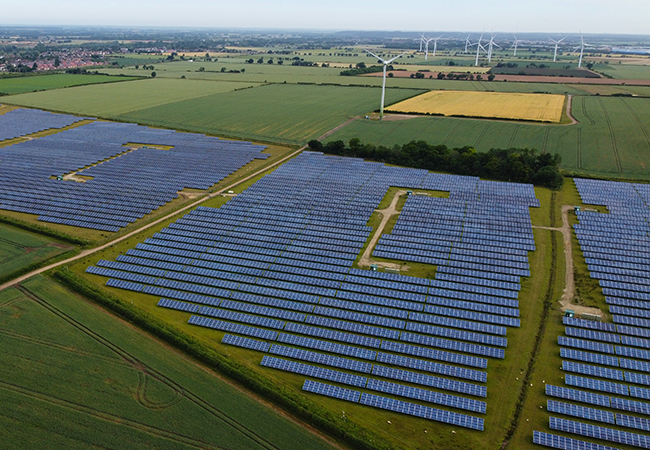Individual workers should be provided with more space and workplaces occupied less intensively, according to a new position paper issued by the British Council for Offices (BCO).
The paper outlines the key design criteria for the forthcoming update of the BCO’s Guide to Specification. It says offices should avoid over-specification, minimise waste, and move towards net zero carbon.
The guide was last revised in 2019, when, says the BCO , it was informed by market trends before the Covid-19 pandemic and the upsurge of concern about climate change.
In its new position paper, the BCO proposes that the base-level occupancy criterion should be relaxed from 8m2 to 10m2 per work setting, and space utilisation to 60% from 80%. The paper also outlines new recommended consideration for office design, such as: improved ventilation, with a higher rate of outdoor air supply per occupier; new criteria for office lighting and daylighting; and reduced small power and lighting load allowances.
While post-pandemic office working patterns have not yet settled down, the paper states, the emerging trend is that many staff work from home on Monday and Fridays, with occupancy peaking on Wednesdays.
The BCO has commissioned further research that will report later in the summer.
Neil Pennell, chairman of the BCO’s technical affairs committee, and head of design innovation and property solutions at Landsec, said: ‘We have heard from customers that, while the office remains an important part of their businesses, they are using their space differently.
‘The BCO’s renewed proposal will help create healthy, comfortable and productive workspaces that are fit for the future.’




